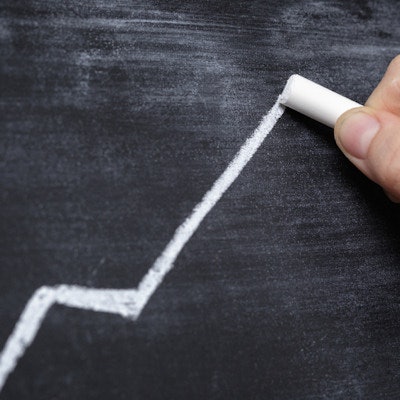
The U.S. will see a modest increase in healthcare spending between 2016 and 2025, but that growth means the country will spend nearly 20% of its gross domestic product (GDP) on healthcare by 2025, according to a new analysis from the U.S. Centers for Medicare and Medicaid Services (CMS). An article about the report was published online February 15 in Health Affairs.
For 2016, CMS' Office of the Actuary projected that total health spending will reach $3.4 trillion, a 4.8% increase from 2015. The estimated annual growth rate of 5.6% will outpace average projected GDP growth by 1.2 percentage points between 2016 and 2025; as a result, healthcare's share of the economy will be 19.9% by 2025, up from 17.5% in 2015.
By 2025, federal, state, and local governments will pay for 47% of healthcare spending, up from 46% in 2015. CMS attributes this to the continued transition of baby boomers into Medicare.
Health spending growth will be driven by increases in medical prices, from a recent historically low increase of 0.8% in 2015 to nearly 3% by 2025, wrote the team led by economist Sean Keehan.
The first two years of the period ahead will have the slowest growth rates, as Medicaid and private health insurance spending growth diminish, according to the report. But for 2018 and beyond, Medicare and Medicaid expenditures are expected to increase more rapidly, due to increased use of Medicare services, a trend toward older and sicker Medicare beneficiaries, and baby boomers' continued aging into the program.
The insured proportion of the population will increase from 90.9% in 2015 to 91.5% in 2025, Keehan and colleagues wrote.
Finally, CMS estimated that medical prices will gradually rise between 2016 and 2025, averaging 2.4% annually between 2018 and 2019 and 2.7% between 2020 and 2025.
The analysis will appear in the March 2017 issue of Health Affairs.




















